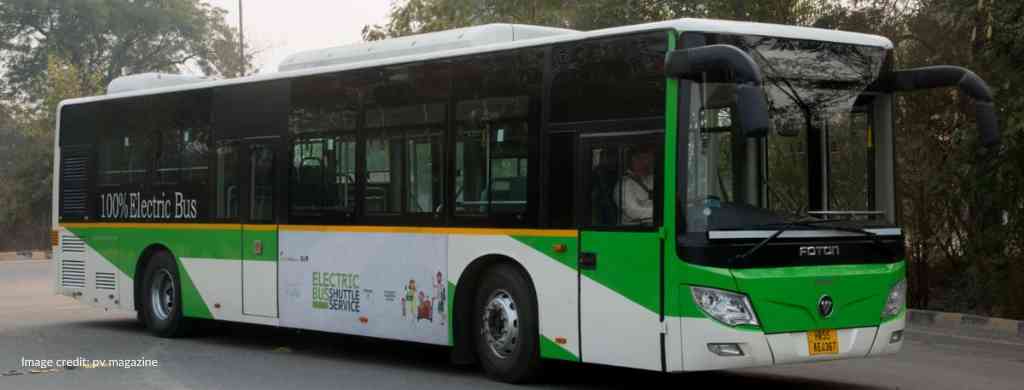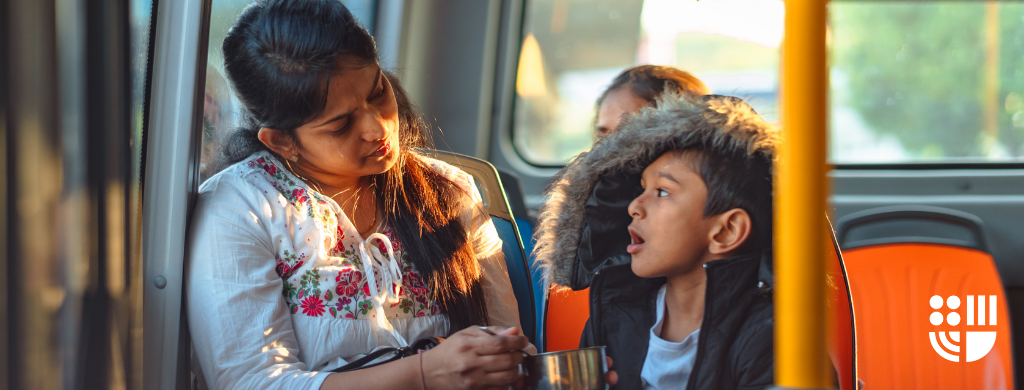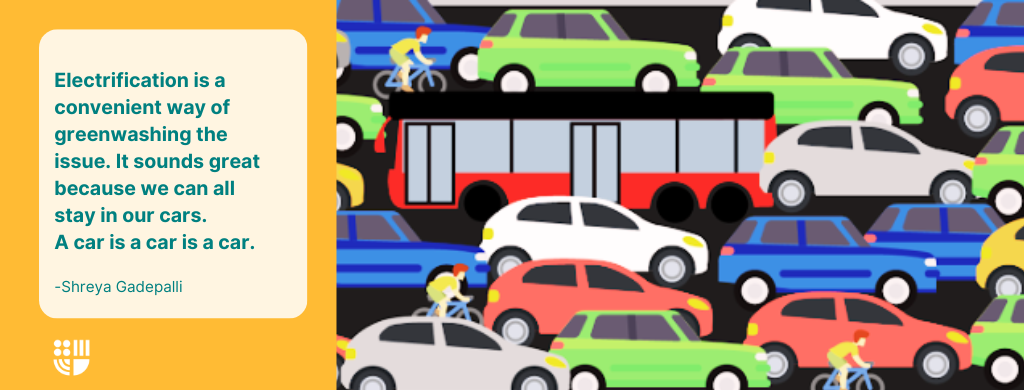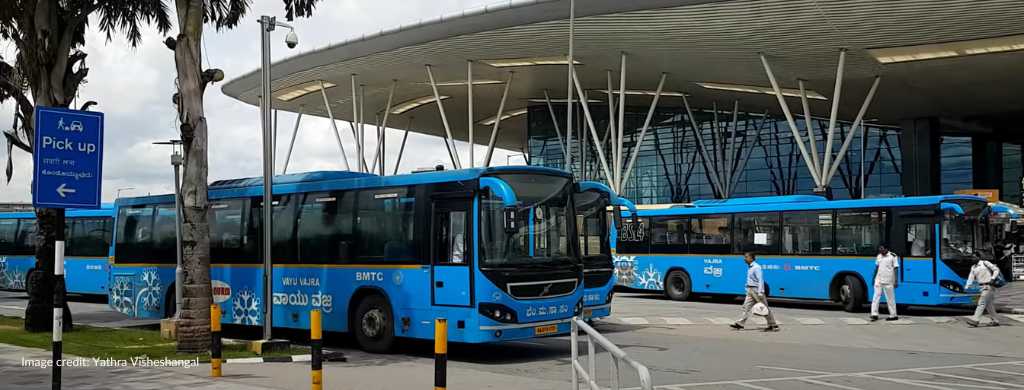Owing to the need for better buses in India, experts suggest that apart from the public image and the lack of funding for e-buses, the first and last-mile connectivity also significantly impacts public adoption.
In India, the dialogue around decarbonising public transport is gaining momentum. The national government is pushing the agenda of electric mobility by introducing new initiatives. Since November 2022, India has sanctioned 6000 electric buses under FAME initiatives. Most of these buses are rolled out for the big cities such as Delhi, Bangalore, Mumbai.
The country’s capital, Delhi aims to have nearly 10,000 buses by mid-2023, of which 75% will be electric. E-buses are seen as the cleanest public transport option. These initiatives are solid, but we must look at ridership and the issues of first and last-mile connectivity, route optimisation, and better bus communication.
An Image-Makeover for Buses
Emphasising the image makeover of the buses in India, Shreya Gadepalli, Founder and Managing Trustee of UrbanWorks, commented, “It is fantastic to see the increase in the number of buses, especially e-buses, but getting people to opt for buses will take much more. I think the image of buses in India needs to change from being uncomfortable and unreliable to attractive and efficient”.
She added that such a makeover of the buses would need a “change in the mindset and behaviour of people towards buses”. In August 2022, UrbanWorks launched a communications campaign called “Bus4us” to garner public support for buses in Karnataka and Gujarat. Their next step is to expand in other states and call for a National Bus Mission.
The Revenue Model
Apart from the image makeover, buses need financial support. Addressing the issue, Professor Ashish Verma, Convenor, IISc Sustainable Transportation (IST) Lab at the Indian Institute of Science (IISc), Bangalore, explained, “The government’s direct financial support should be both for O&M (Operations and Maintenance) and for purchasing buses as well as physical infrastructure. The concerned bus agencies like BMTC (Bengaluru Metropolitan Transport Corporation) should provide wide network coverage across the region. They should make the services competitive and affordable in terms of service frequency and amount of fare charged”.
The First Mile, Last Mile Challenge
Besides procurement, e-buses need operational and maintenance support to remain a viable option. Owing to the need for better buses in India, experts suggest that apart from the public image and the lack of funding for e-buses, the first and last-mile connectivity also significantly impacts public adoption. Arjit Soni, Founder of MYBYK (a public bicycle-sharing company), remarked, “We have seen in various cities that the introduction of bicycle and e-rickshaw feeder services has a positive impact on the accessibility, affordability, and reliability”.
He also suggested bundling these services under a single subscription can promote a seamless ticketing experience. Cities like Mumbai are also experimenting with ‘digital’ bus tickets, offering commuters a tap-in-tap-out feature for ticketing.
Whatever the type of buses plying on the road, public trust and adoption are key. Commuters may not change their habits for climate change if their experience is worse off. The bus services need to improve significantly and consistently.
Want to know more about the topic? Write to us with your questions at hello@urbanworks.in. You can learn more about us and the causes we support by following us on LinkedIn and Twitter.
- Click to share on LinkedIn (Opens in new window) LinkedIn
- Click to share on Pocket (Opens in new window) Pocket
- Click to share on Pinterest (Opens in new window) Pinterest
- Click to share on WhatsApp (Opens in new window) WhatsApp
- Click to share on Telegram (Opens in new window) Telegram
- Click to share on Reddit (Opens in new window) Reddit




